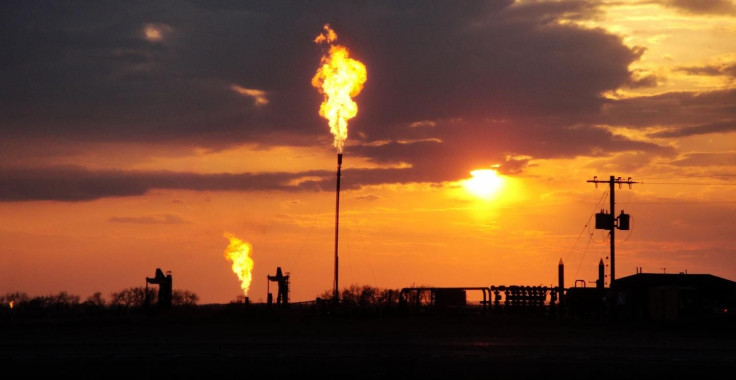America’s Oil And Gas Industry Is Leaking Much More Methane Than Thought

A comprehensive study looking at America’s oil and gas industry has revealed that the energy infrastructure of the country is leaking out much more methane than the government originally estimated.
Methane, the main constituent of natural gas, is one of the most potent gases when it comes to harming the atmosphere and driving climate change. It traps 80 times more heat from the sun than carbon dioxide does within 20 years from release.
However, no one had a clue that the emission of methane has been increasing due to leaks from the industry until researchers from 16 different research institutes conducted a thorough field study.
The group, led by researchers at the University of Colorado Boulder, assessed more than 400 well pads at six oil and gas production basins and midstream facilities, took emission measurements from valves, tanks, and other equipment, and conducted an aerial survey of several oil and gas facilities over a period of 10 years.
When all of that data was analyzed, the researchers were totally surprised. They found that the industry has been flushing out a whopping 13 million metric tons of methane into the atmosphere every year. This is 2.3 percent of total production and approximately 60 percent higher than what the U.S. Environmental Protection Agency had expected.
Normally, natural gas is seen as a cleaner source of energy as it emits lesser carbon dioxide – the most abundant greenhouse gas – than coal and other fossil fuels. However, this work presents a completely different picture.
"This study provides the best estimate to date on the climate impact of oil and gas activity in the United States," study co-author Jeff Peischl, a CIRES (Cooperative Institute for Research in Environmental Sciences) scientist working in NOAA's Chemical Sciences Division in Boulder, said in a statement. "It's the culmination of 10 years of studies by scientists across the country, many of which were spearheaded by CIRES and NOAA."
According to the researchers’ findings, most of the emissions were a result of leaks, equipment glitches and other unforeseeable operating conditions occurring at oil and gas wells. In fact, in the year 2015, the impact of these leaks on climate was just as much as the impact of CO2 emissions from all coal-fired plants in the U.S.
That said, it won’t be wrong to say that these leaks are negating the potential benefits of transitioning from coal to natural gas. The researchers noted that the amount methane lost to leakage is enough to destroy the climate benefit of using natural gas for 20 years.
However, it is still not late for all those looking to work on this situation. If all facilities that are leaking out methane into the atmosphere focus on conducting repairs and addressing the associated issues, the leakage can be controlled.
"Natural gas emissions can, in fact, be significantly reduced if properly monitored," co-author Colm Sweeney, an atmospheric scientist in NOAA's Global Monitoring Division, added in the statement. "Identifying the biggest leakers could substantially reduce emissions that we have measured."
The study titled, "Assessment of methane emissions from the U.S. oil and gas supply chain," was published June 21 in the journal Science.
© Copyright IBTimes 2024. All rights reserved.





















